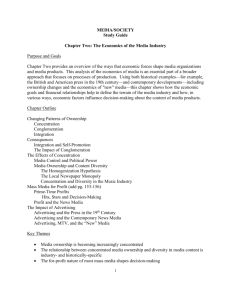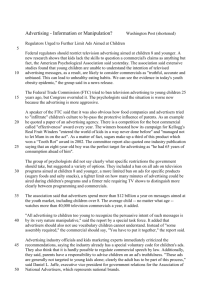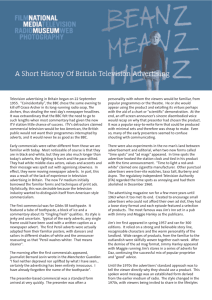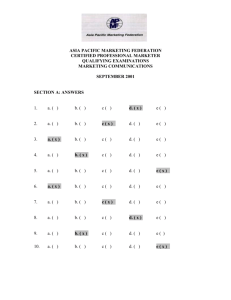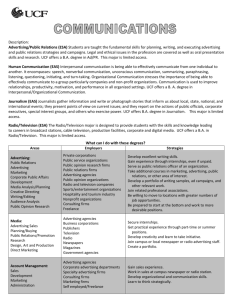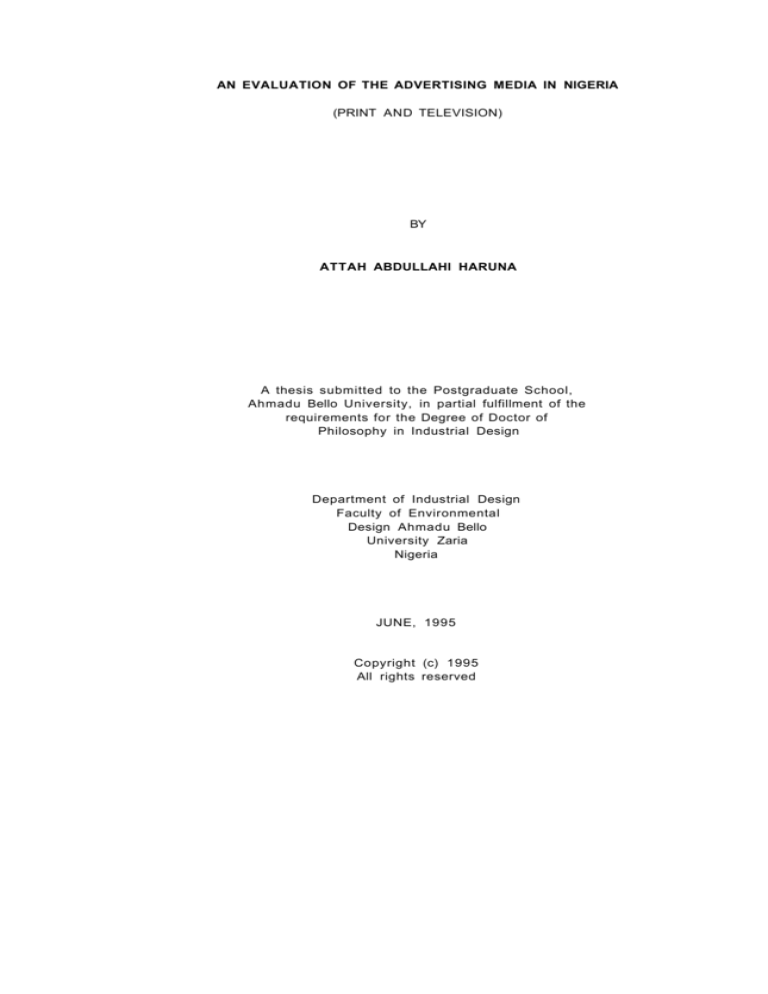
AN EVALUATION OF THE ADVERTISING MEDIA IN NIGERIA
(PRINT AND TELEVISION)
BY
ATTAH ABDULLAHI HARUNA
A thesis submitted to the Postgraduate School,
Ahmadu Bello University, in partial fulfillment of the
requirements for the Degree of Doctor of
Philosophy in Industrial Design
Department of Industrial Design
Faculty of Environmental
Design Ahmadu Bello
University Zaria
Nigeria
JUNE, 1995
Copyright (c) 1995
All rights reserved
viii
ABSTRACT
The purpose of this study was to evaluate the relative effectiveness of the
graphics and copy appeals used by advertisers with regards to the degree to which
the audience responded to them in print and television media. The specific objectives
were to:
(a)
evaluate the relative effectiveness of the graphics and copy appeals that
appeared in print and television media;
(b)
determine the relationship of the media owner,
advertiser
advertising agency in the creative process of advertising;
(c)
determine the level of competence of the media owner, advertiser and
agency in advertising;
(d)
ascertain the frequency and depth of the
television media;
(e)
determine whetherthe rate, space provision and schedule by newspaper,
magazine and television proprietors are conducive to the use of the print
and television media advertising;
(f)
evaluate the level of awareness of the audience in terms of the roles of
print and television advertising.
and
utilization of print and
Four sets of questionnaire were administered, one each to the media owners,
advertisers, the advertising agencies and the audience. Data collected were assigned
scores and converted into frequencies, percentages, standard deviation in analyzing
and computing the results of the study.
Among the findings of the study were:
1.
The effectiveness of the graphics and copy appeals utilized in the adverts for
the media was above average for colour (65%) and below average for black and
ix
ite (40%).
Colour adverts attracted
more attention than the black and
lite.
2.
While the relationship between the media owners, advertisers and advertising
encies was stable, there were areas of dissatisfaction such as unsatisfactory
native work and failure to settle bills promptly.
3.
'The level of competence of the media owners, advertisers and agencies were
on the average satisfactory.
However, poor performance in certain areas of
advertising was due to either low or inappropriate entry qualification of the
practitioners.
Television had the highest utilization rate by advertisers as an advertising
medium.
The high cover price of the newspapers and magazines and the
convenience of listening to the radio or watching television were the reasons
for low utilization of the print media.
The cost effectiveness of the advertising media was favourable to the media
owners, advertisers and agencies since it was the product consumer that
eventually bore the cost.
While the media audience with higher level of education and
income were
better informed about the role of advertising, those with lower level of
education and income were unconcerned or did not care.
Based on the conclusion of this study several recommendations for planning and
elementing effective advertising as well as areas for future research were
suggested.



